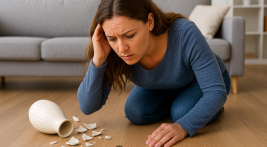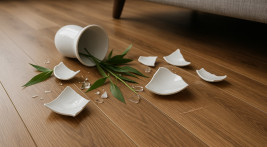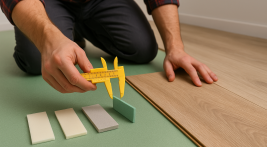What type of styrofoam under screed?
EPS styrofoam, or expanded polystyrene, is available in both the traditional white version and the increasingly popular graphite version, which combines polystyrene with graphite to improve technical performance. The answer to the question what type of styrofoam under screed to choose depends primarily on the conditions in the specific room and your expectations. The two types differ not only in performance but also in price.
White EPS 80 / EPS 100 styrofoam
Commonly used types of styrofoam have been white EPS 80 and EPS 100. The number following EPS indicates compressive strength. Therefore, white EPS 80 is less durable than white EPS 100 and is only recommended under screed in rooms where the floor is not heavily loaded. When choosing styrofoam under screed, it is better to opt for white EPS 100, which is more suitable for flooring and handles greater loads in residential areas.
Graphite EPS 60 / EPS 100 styrofoam
With the appearance and rising popularity of graphite styrofoam, it is considered more durable and better suited for demanding conditions. Graphite EPS 100 styrofoam is more resistant to loads, which reduces the risk of deformation, assuming we are comparing it with white EPS 100 of the same thickness. Poorly chosen load resistance can lead to localized sagging or cracking of the floor, resulting in damage and financial loss. If you plan to install a long-lasting finished floor, choosing durable laminate flooring, it's also worth selecting equally durable styrofoam.
Low thermal conductivity coefficient
Besides compressive strength, insulating properties are also important. Graphite floor styrofoam has a “better” lambda coefficient (thermal conductivity), which makes it recommended for underfloor heating systems. When choosing styrofoam under screed, it's crucial to pay attention to the lambda coefficient – the lower the lambda (λ) value, the better the insulation.
What thickness of styrofoam under screed
The last important factor when purchasing styrofoam is its thickness. This depends on the performance characteristics of the styrofoam – the higher the performance, the thinner the material needed to achieve the desired results. Generally, for white EPS 100, a thickness of 15 cm is typical (20 cm is rarely used), while for graphite styrofoam, the thickness is usually 12 cm (15 cm is rarely used).





